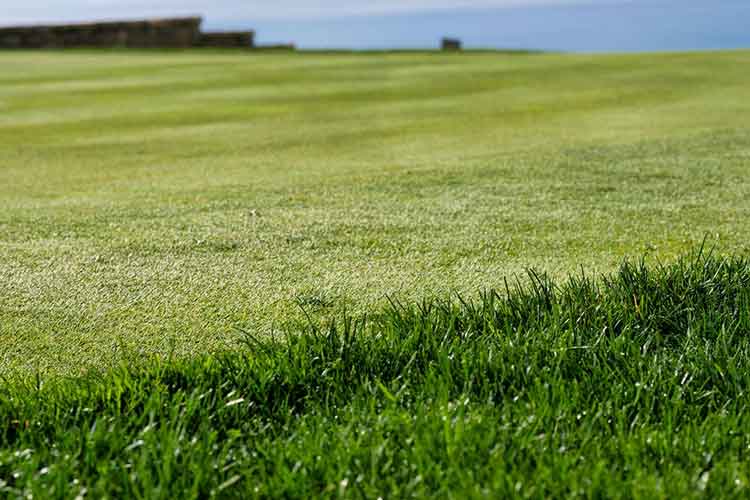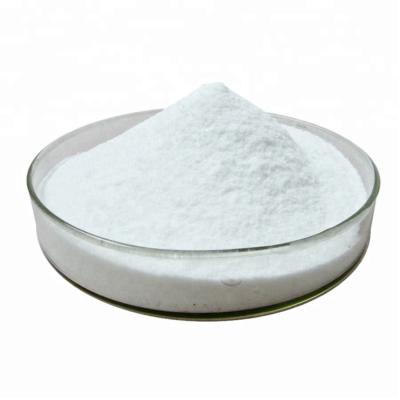What does MCPA kill?
MCPA is used as an herbicide, generally as its salt or esterified forms. Used thus, it controls broadleaf weeds, including thistle and dock, in cereal crops and pasture. It is selective for plants with broad leaves, and this includes most deciduous trees. Clovers are tolerant at moderate application levels. It is currently classified as a restricted use pesticide in the United States: its use is mapped by the US Geological Survey, whose data show consistent use from 1992, with a small recent decline in the ten years to 2017, the latest date for which figures are available. The compound is now used almost exclusively in wheat.

Its toxicity and biodegradation are topics of current research. One formulation is described by its manufacturer as "designed for specific markets that require the safest possible phenoxy product, primarily for use in the Pacific Northwest". Though not extremely toxic,] it has been determined that MCPA can form complexes with metal ions and thereby increase their bioavailability, and there is also work being done to utilize this ability.

MCPA is a white to tan crystalline solid. Available commercially in various forms including emulsifiable concentrates and as amines, salts, and esters. Molecular weight = 200.63; Specific gravity (H2O:1) = 1.41; 1.56; Boiling point = (decomposes); Freezing/Melting point = 118–119 °C; Vapor pressure = 1.5 × 106 mmHg @ 20 °C; 200 mmHg @ 21 °C. The acid is very slightly soluble in water; solubility = 725 ppm. Solubility of the salt and amine are high. An Arizona State University data base (Aquasol) lists solubility at 630 mg/L. Physical and toxicological properties may be affected by carrier solvents in commercial formulations.



